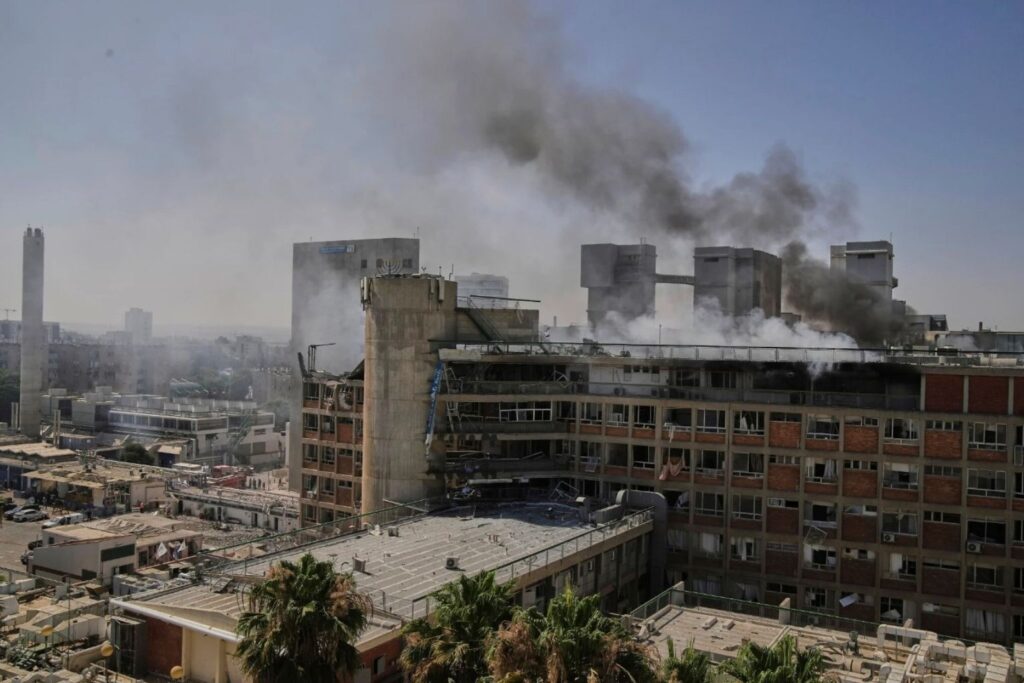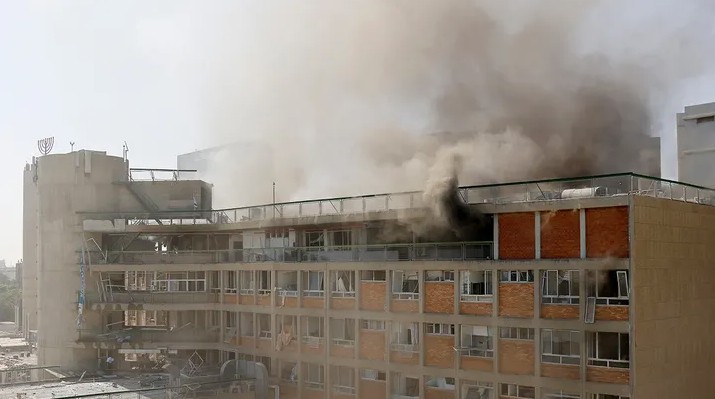UPDATE: June 22, 2025 – War Enters Week Two With Escalated Strikes & Diplomatic Shifts

As the direct conflict between Israel and Iran extends into its second week, any prospects for de-escalation have been severely undermined by significant military and diplomatic escalations. Israel has intensified its campaign with renewed, targeted strikes on Iran’s nuclear infrastructure, specifically “centrifuge production facilities” near Isfahan. Simultaneously, high-level diplomatic talks in Geneva have collapsed without a breakthrough, and in a stunning regional realignment, Saudi Arabia has publicly condemned the Israeli aggression, aligning its stance with Tehran.
The latest Israeli operations signal a clear intent to dismantle Iran’s military capabilities. In addition to the strikes on nuclear-related sites, Israeli forces confirmed the destruction of three Iranian F-14 fighter jets on the ground and the targeted killing of a senior IRGC commander, Izadi, who was allegedly instrumental in planning the October 7th Hamas attack. In response, Iran has continued its retaliatory strikes and expanded the conflict into the digital realm, with a major Iranian cryptocurrency exchange suffering a hack claimed by an Israeli-linked group.
As Israel prepares for what it terms a “lengthy war,” the United States is increasing its military posturing in the region. B-2 stealth bombers, critical for striking hardened underground targets, are being moved to Guam in a clear “show of force” as the world awaits President Trump’s decision on direct U.S. intervention.
For a full video breakdown of these latest developments, watch our INSIDER 360 follow-up report:
WASHINGTON D.C. – The White House has put the world on notice, announcing a two-week deadline for President Donald Trump to decide on direct U.S. military intervention in the rapidly escalating war between Israel and Iran. The high-stakes announcement follows a severe intensification of hostilities, including an Iranian missile strike on an Israeli hospital and Israeli attacks on Iranian military and nuclear facilities.
The decision, which has the potential to ignite a catastrophic regional conflict, comes amid dire warnings from U.S. intelligence that Iran is merely “weeks away” from developing a nuclear weapon. As the civilian death toll mounts in both nations and global powers scramble to broker a de-escalation, the prospect of American involvement hangs over the Middle East, threatening to create what Iran’s own foreign minister has warned could become a “quagmire” and trigger a major shock to global oil prices.
The conflict reached a new level of intensity this week with a series of brutal exchanges. Iran launched a missile barrage that slammed into the Soroka Hospital complex in Beersheba, southern Israel, wounding at least 71 people. Israeli Prime Minister Benjamin Netanyahu condemned the strike as an attack by “terrorist tyrants” and vowed a decisive response. That response has included a wide-ranging air campaign across Iran, targeting military installations and, critically, key nuclear sites. The International Atomic Energy Agency (IAEA) has confirmed that Israeli strikes targeted the Khondab heavy water research reactor and its associated production plant.
Driving the crisis is the explicit goal of preventing a nuclear-armed Iran. President Trump has publicly stated his belief, based on assessments from U.S. Central Command, that Iran is “a few weeks away” from acquiring its first nuclear weapon, with the capability to produce enough fissile material in about a week. This timeline forms the core justification for Israel’s offensive. The Israeli ambassador to the U.S. articulated the nation’s objective as the complete elimination of Iran’s nuclear program and its ballistic missile capabilities, framing the ongoing military action as a preemptive necessity. The focus on US intervention in the Israel-Iran war is now centered on whether Washington will join this preemptive effort directly.
The escalating violence has inflicted a devastating humanitarian toll. In Israel, the civilian death toll has climbed to 25 since the conflict began, with one recent missile strike in Bat Yam killing a Ukrainian mother and her young daughter. The impact in Iran has also been severe, with the Human Rights Activists News Agency (HRANA) reporting that at least 639 people have been killed in the country. The deteriorating security situation has prompted nations such as Australia and India to initiate evacuations for their citizens from the region.
As the two-week deadline for a U.S. decision approaches, international diplomatic efforts have intensified. The United Kingdom, Bahrain, and Russia are all reportedly engaged in high-level talks aimed at pulling both sides back from the brink. Iran’s foreign minister has publicly maintained a commitment to a diplomatic path but issued a stark warning that any direct U.S. military involvement would result in a disastrous quagmire for American forces.
The world now waits as the U.S. administration weighs its options. The decision made in Washington over the next two weeks will not only determine the next chapter for Israel and Iran but could very well redefine the geopolitical landscape of the entire Middle East for years to come.






